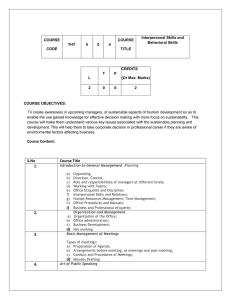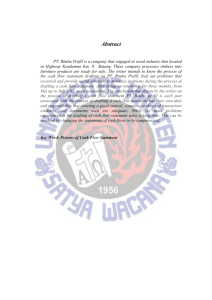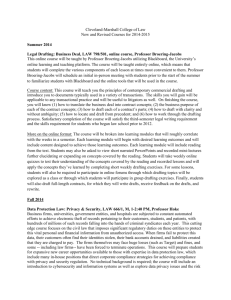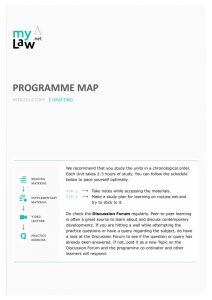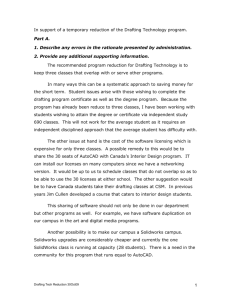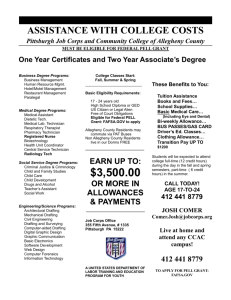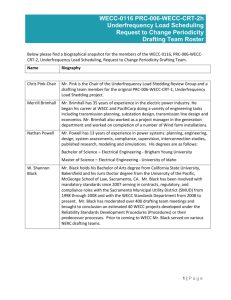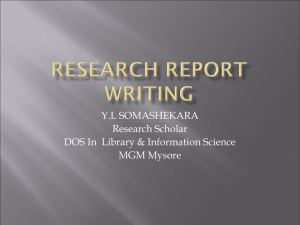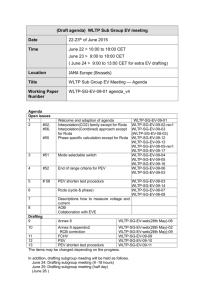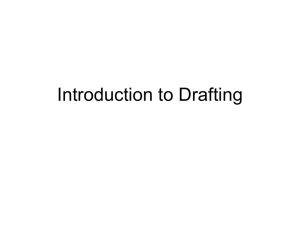Contract Drafting: Civil and Common Law Perspective
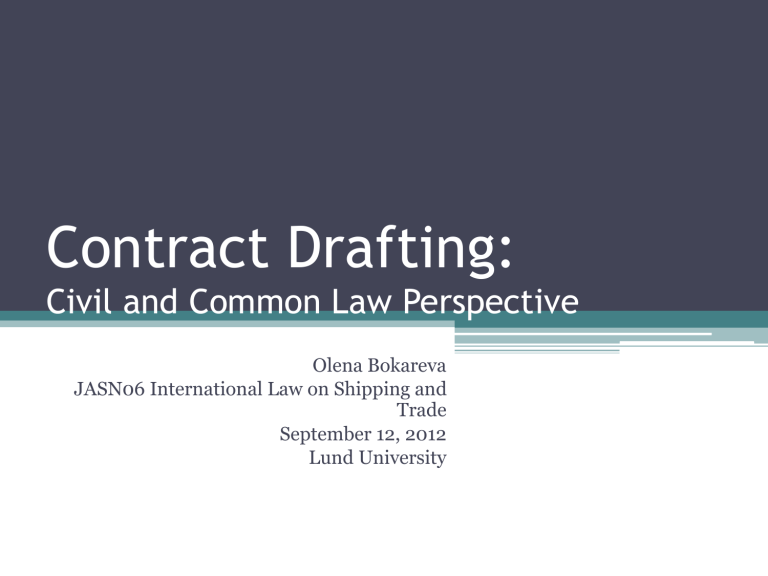
Contract Drafting:
Civil and Common Law Perspective
Olena Bokareva
JASN06 International Law on Shipping and
Trade
September 12, 2012
Lund University
Useful literature
• Garner, Bryan. Legal Writing in Plain English:
A Text with Exercises
• Strunk, William, and White, E. B. The Elements of Style, 4 th ed.
• Volokh, Eugene. Academic Legal Writing, 4th ed.
• Haggard, T.R., Legal Drafting in a Nutshell, 2nd ed.
• Rylance, Paul. Writing and Drafting in Legal
Practice
• King, Steven. On Writing: A Memoir of the
Craft
Elements of a contract
• Written v. oral? CISG 1980, Article 11:
• “A contract of sale need not be concluded in or evidenced by writing and is not subject to any other requirement as to form”.
• Name and number of the contract (’Contract of Sale’ is better than ’Sale and
Purchase Agreement’)
• Date – should be written out in full
• Identify the parties – full names, the country of incorporation, addresses
• Recitals – explain the background of the contract (whereas…), not obligatory
• Definitions
• Headings/Sub-headings
• The main commercial issues – at the beginning
Characteristics of Good Legal
Writing
• T.R.Haggard, Legal Drafting in a Nutshell: accuracy, clarity, concision, simplicity and tone
”Legal writing must be done with the needs of the intended audience well in mind ”
”A legal document should not be written in stuffy, Edwardian English.
Professional is perhaps the words that best describes the tone of good legal writing”
”A truly professional contract drafter does more than merely determine what the client wants, figure out a way within the constraints of law to accomplish that, and then use the technically appropriate words to accomplish it”
”Ambiguity and unnecessary vagueness are common causes of contract litigation”
Drafting Techniques
• Choice of Language (French or Swedish, French/Swedish or
English)
• Not only the content is important , but its appearance
• Plain English
• Consistent use of words
• Provisions should be connected in a clear and coherent manner
• Short sentences
• One idea in one sentence
• Passive voice – could be unclear
• Punctuation
• Clear statement of obligations (The Buyer shall pay the price or the
Buyer has a duty to pay the price)
Drafting Techniques, cont.
• Avoid legalese – ”the jargon characteristically used by lawyers, esp. in legal documents” (Black’s Law Dictionary), example -“hereinafter”, “thereupon”,
“hereinbefore”, “henceforth”, “whensoever”, etc., the client does not understand that
• Pairs of words used by lawyers – “last will and testament”, “sell and convey”, “by and with”, “cease and terminate” , “made and entered – entered”, “hereinafter referred to as “Buyer” – “Buyer”
• Latin phrases (mutatis mutandis, per annum, lex loci) – do not use them too often
• Replace a compound preposition if possible:
• ”as a consequence of – because of”, ”at the present time – now”,
”notwithstanding the fact that – although”
• Nominalisation - contribute to wordiness (”draw a conclusion – conclude”, give consideration to – consider”, ”in agreement with – agree” )
Drafting Techniques, cont.
• Draft in the present tense, state obligations with shall (alternative – has the duty to)
• Use of sample contracts – do not copy without redrafting
• Do not use Anglo-American contracts unless you are familiar with them and know the exact meaning of their terms
• Revise and proofread a document as many times as you can
• C.A.Hill and C.King, ” How do German contracts do as much with fewer words”?
• “German business contracts are much shorter than their American counterparts. They also avoid the worst excesses of legalese that American contracts are known for. But they seem to work as well as United States contracts”
W. Shrunk, ”Elements of Style”
• “Write in a way that comes naturally”
• “revise and rewrite”
• ‘be clear”
• “omit needless words”
• “Vigorous writing is concise. A sentence should contain no unnecessary words, paragraph no unnecessary sentences, for the same reason that a drawing should have no unnecessary lines and a machinery no unnecessary parts”.
